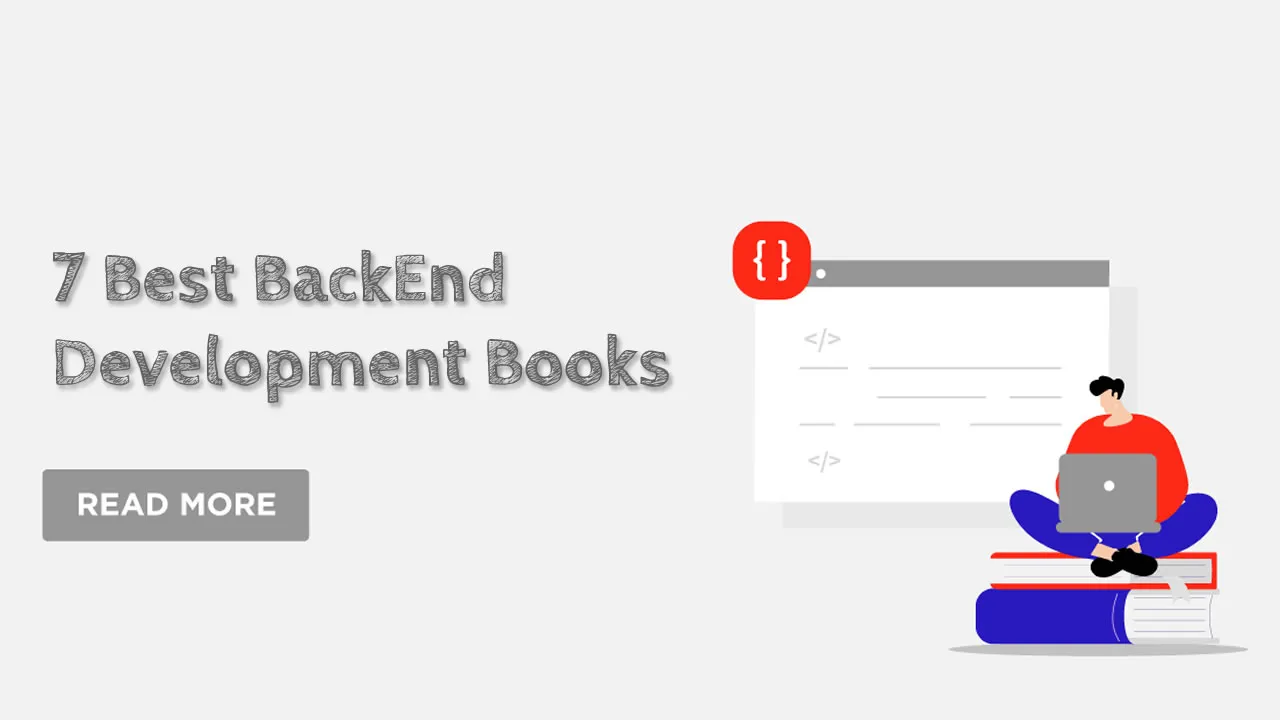7 Best BackEnd Development Books for Beginners and Advanced Developers
Master backend development with these 7 top-rated books for beginners and advanced developers. Learn Python, Java, Node.js, and more with these essential guides.
Master the art of back-end development with this curated list of the 7 best books for all skill levels. Covers core concepts like databases, APIs, and server-side programming, as well as advanced topics like microservices and cloud computing.
1. Best Book for Those Who Know JavaScript: Node.js Web Development: Server-side web development made easy with Node 14 using practical examples
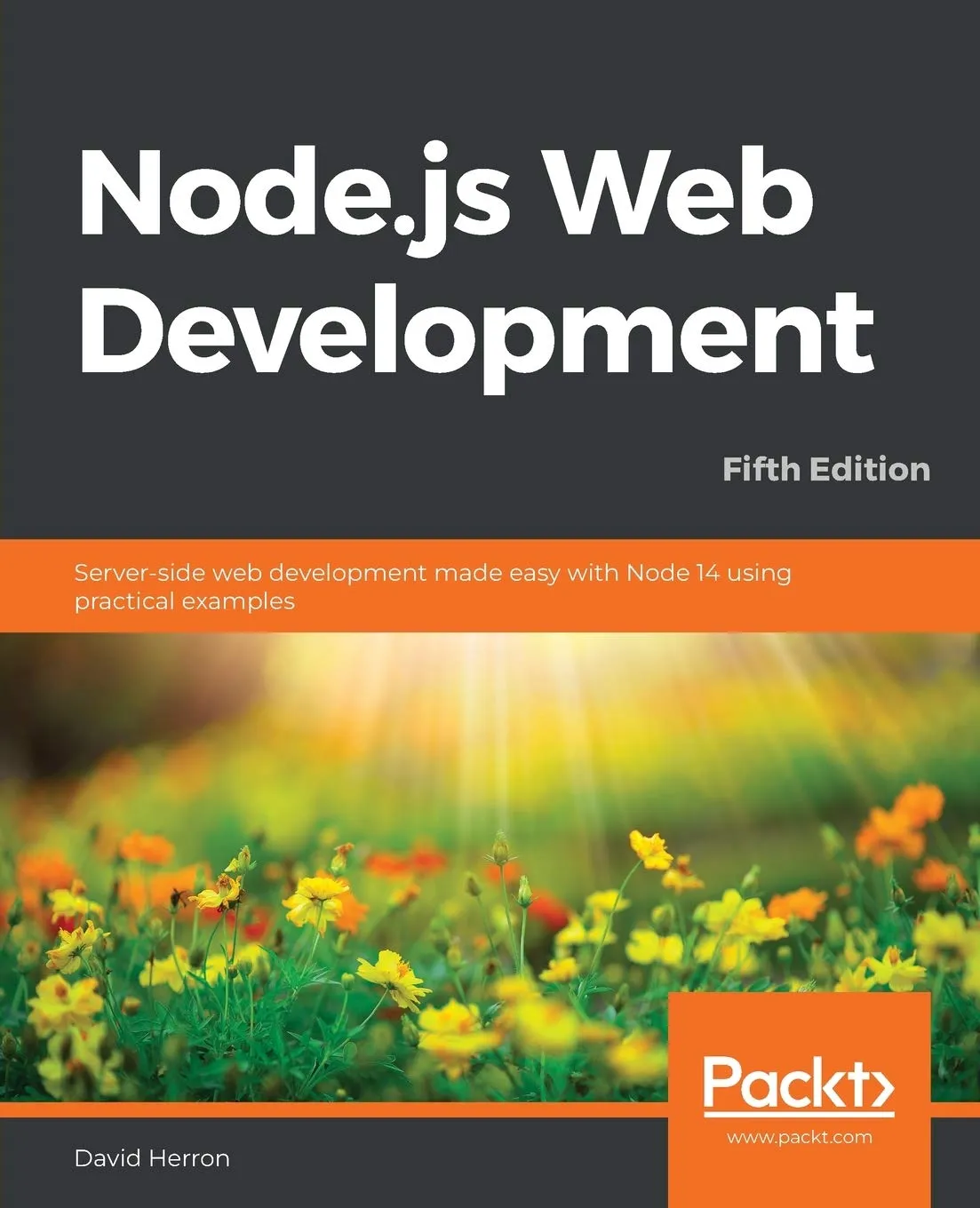
Node.js Web Development by David Herron helps you to build scalable web applications using Node.js, Express.js, and the latest ECMAScript techniques. The book takes you through the different stages of developing robust and scalable apps using Node.js 14.
You will learn to deploy applications with AWS and Docker with this updated edition. After reading the book, you will be able to:
Install and use Node.js 14 and Express 4.17 for both web development and deployment
Implement RESTful web services using the Restify framework
Develop, test, and deploy microservices using Docker, Docker Swarm, and Node.js, on AWS EC2 using Terraform
Get up to speed with using data storage engines such as MySQL, SQLite3, and MongoDB
Test your web applications using unit testing with Mocha, and headless browser testing with Puppeteer
Implement HTTPS using Let's Encrypt and enhance application security with Helmet
This book is divided into fourteen chapters and includes the following topics:
Chapter 1 talks about Node.js
Chapter 2 talks about setting up Node.js
Chapter 3 explores Node.js Modules
Chapter 4 covers HTTP Servers and Clients
Chapter 5 talks about your first Express Application
Chapter 6 talks about implementing the Mobile-First Paradigm
Chapter 7 covers Data Storage and Retrieval
Chapter 8 talks about authenticating users with a Microservice
Chapter 9 covers Dynamic Client/Server Interaction with Socket.IO
Chapter 10 talks about deploying Node.js Applications to Linux Servers
Chapter 11 talks about deploying Node.js microservices with Docker
Chapter 12 covers deploying a Docker Swarm to AWS EC2 with Terraform
Chapter 13 covers Unit Testing and Functional Testing
Chapter 14 talks about Security in Node.js Applications
The book helps to build and deploy your own apps on a public web hosting solution. By the end of this Node.js book, you will have gained practical Node.js web development knowledge. This book is for anyone with the desire to learn.
2. Best Book to Learn Java: Java: The Complete Reference
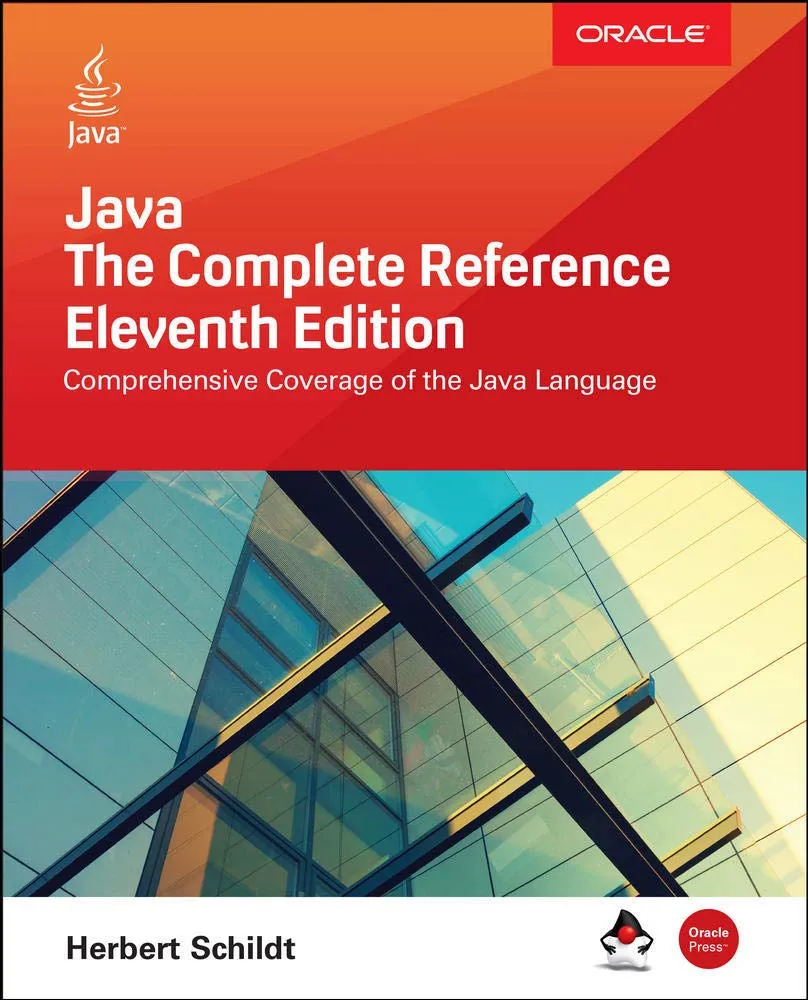
Java: The Complete Reference by Herbert Schildt has everything for in-depth knowledge to become a master in Java programming language. The book explains how to develop, compile, debug, and run Java programs.
It covers the entire Java language, including its syntax, keywords, and fundamental programming principles. The book is divided into thirty-five chapters. Here's what you will find in the book:
Data types, variables, arrays, and operators
Control statements
Classes, objects, and methods
Method overloading and overriding
Inheritance
Local variable type inference
Interfaces and packages
Exception handling
Multithreaded programming
Enumerations, autoboxing, and annotations
The I/O classes
Generics
Lambda expressions
Modules
String handling
The Collections Framework
Networking
Event handling
AWT
Swing
The Concurrent API
The Stream API
Regular expressions
JavaBeans
Servlets
The book includes real-world examples and explains all the basics and advanced concepts of java like JavaBeans, servlets, applets, swing and Java 8 APIs as well. This book is good for professional backend developers.
Other books you may like:
📙 20 Best Python Books for Beginners and Experienced Coders
📘 15+ Best JavaScript Books for Beginners and Experienced Coders
📙 10 Best SQL Books for Beginners and Advanced
📚 6 Best Node and Express Books for Beginners
📚 12 Best PHP Books for Beginners and Advanced Programmers
📚 10 Best Web Development Books for Beginners and Experienced Developers
📚 8 Best Web Design Books for Beginners to Advanced Designers
📚 11 Best Java Books for Every Java Developer
📚 10 Best Front End Development Books for Beginners and Advanced Developers
3. Best Book to Learn Algorithms: Algorithms by Robert Sedgewick
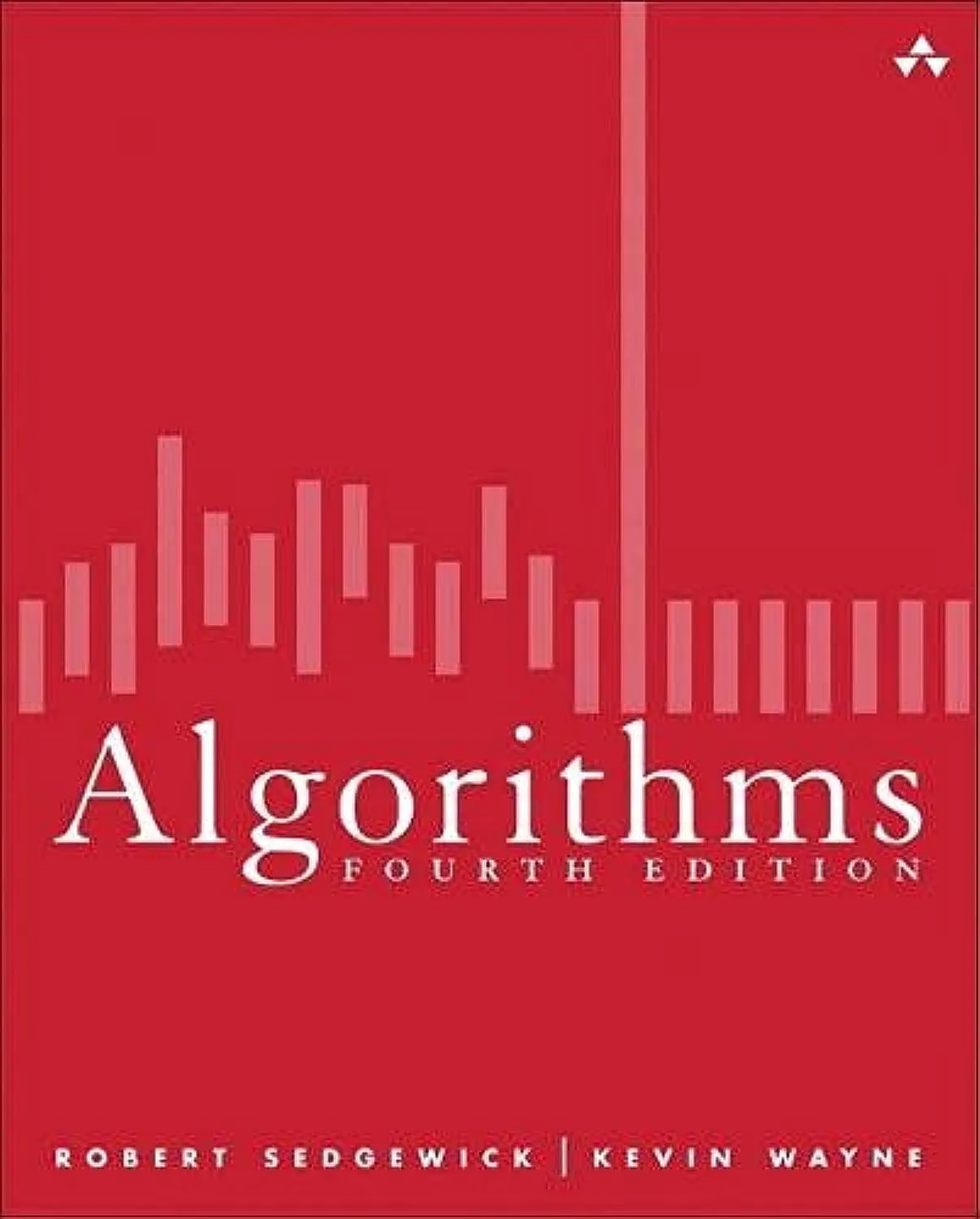
Algorithms is a book that delivers on exactly what you want from an algorithms book: clean, simple, straightforward explanations of the most important algorithms. With examples based in Java, the book is well-organized and thorough, reaching nearly 1000 pages.
For more information about what this book is about, look to the introduction of Algorithms:
This book is intended to survey the most important computer algorithms to use today, and to teach fundamental techniques to the growing number of people in need of knowing them. […] Before developing our fundamental approach to studying algorithms, we develop data types for stacks, queues, and other low-level abstractions that we use throughout the book. Then we survey fundamental algorithms for sorting, searching, graphs, and strings. The last chapter is an overview placing the rest of the material in the book inn a larger context.
I like this. Why? It puts you in the weeds first and saves the theory for later. This is how people learn best. Once we know how to use something, we become hungry for the ‘why,’ but if we get the ‘why’ first, it hardly sticks.
The book is divided into six of the following chapters:
Chapter 1 covers fundamentals such as primitive data types, loops, arrays, objects, APIs, linked lists, Tilde notation, and memory usage.
Chapter 2 covers sorting algorithms such as mergesort and quicksort.
Chapter 3 covers searching algorithms and data types such as binary search and hash tables.
Chapter 4 covers graph algorithms such as shortest-path algorithms and depth-first search.
Chapter 5 covers algorithms related to streams such as string sort, tries, substring search, data compression, and regular expressions.
Chapter 6 covers topics around context-reliant algorithms such as B-trees, reductions, suffix arrays, and event-driven simulation.
As you may gather from the chapter outline, the book covers “classic methods that have been taught since the 1960s and new methods that have been invented in recent years.” The goal is to reach the widest audience possible with the most important algorithms. To reach that goal, the information is well organized and explained.
If you are a self-taught programmer, I recommend this book if you are serious about supplementing a traditional computer science course curriculum.
4. Best Book to Learn Python: Learn Python 3 the Hard Way
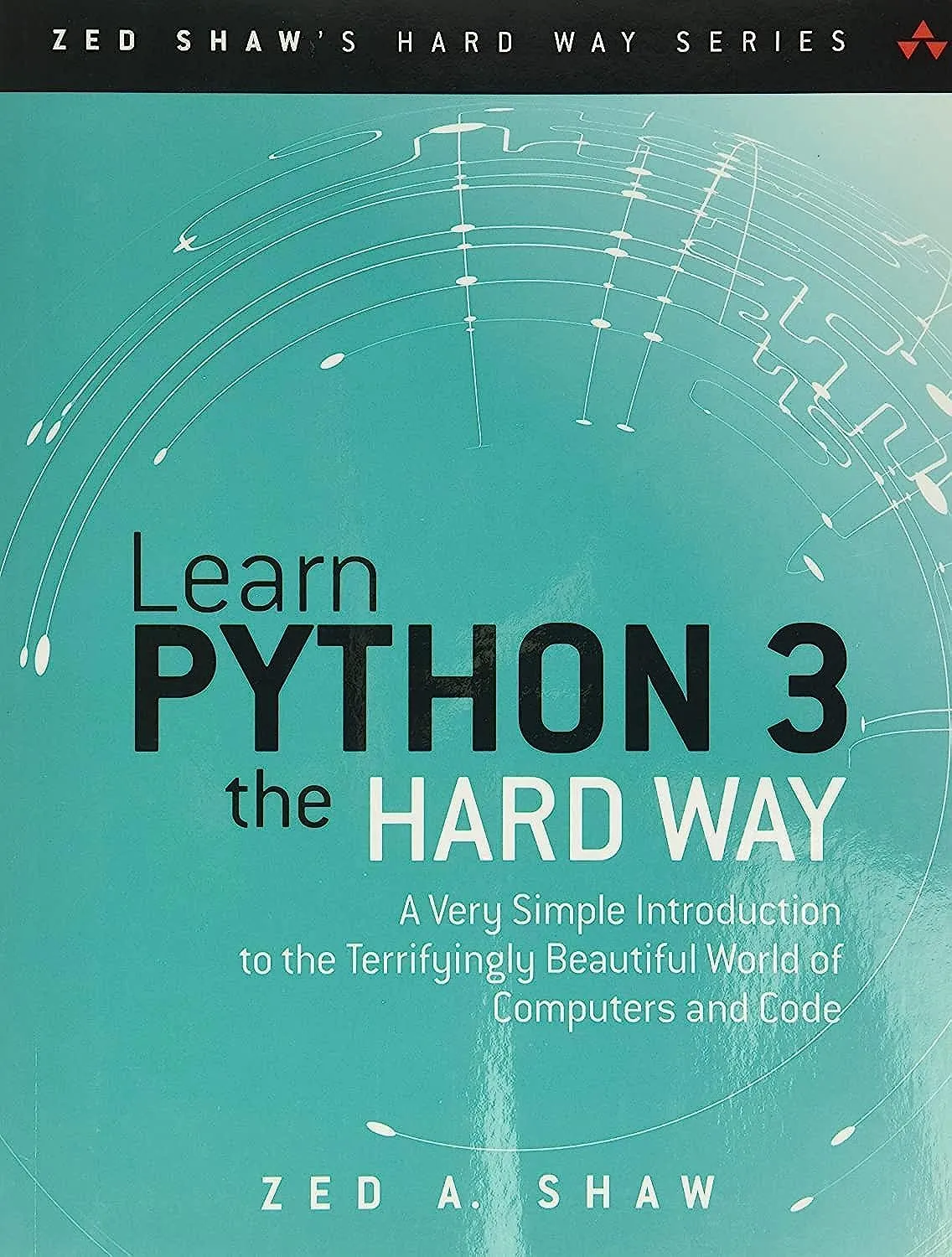
Learn Python 3 the Hard Way by Zed A. Shaw helps the reader learn the basics of programming with Python 3. Readers will learn Python through 52 outstandingly crafted exercises. Each exercise is building on the previous, and each one teaches the reader about some new features of the language. You just have to do all these exercises and find your solutions to problems you run into.
The book starts with Exercise 0 which is about getting Python set up on your computer. As you go through the book, you will learn about the following:
Install a complete Python environment
Organize and write code
Fix and break code
Basic mathematics
Variables
Strings and text
Interact with users
Work with files
Looping and logic
Data structures using lists and dictionaries
Program design
Object-oriented programming
Inheritance and composition
Modules, classes, and objects
Python packaging
Automated testing
Basic game development
Basic web development
The contents of this book are concise and well-constructed. It is suitable for both beginners and professionals. This classic book will help you to learn how the software works; what good programs look like; how to read, write, and think about Python code; and how to find and fix your mistakes. The ‘hard way’ from the title turns out to be the easy way to learn and master Python!
5. Best Book to Learn Data Structures: Head First Design Patterns, 2nd Edition (2021)
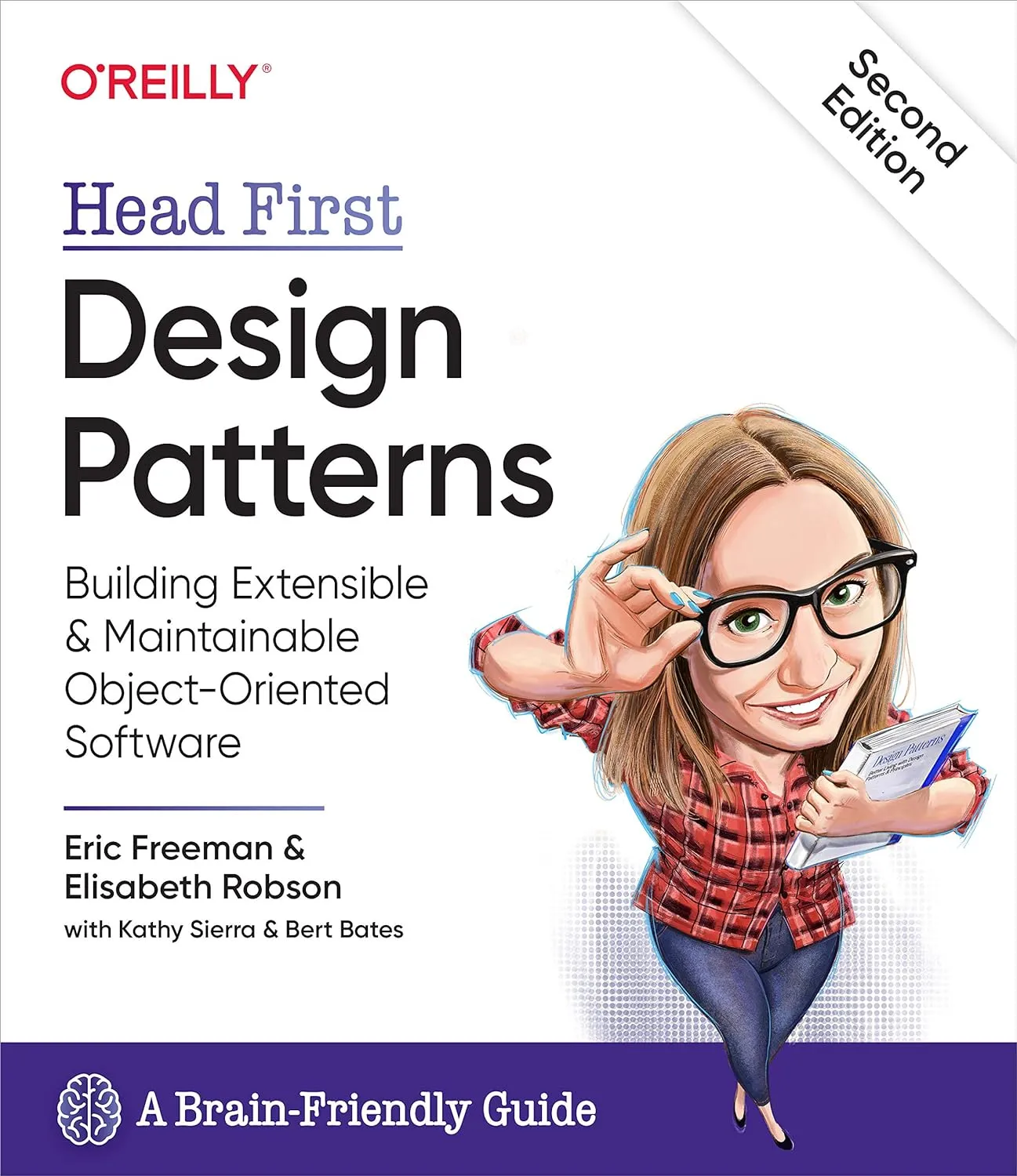
Head First Design Patterns is one of the most popular and praised books in the Head First series — and it has a fresh 2021 edition. Design patterns are powerful and essential for any programmer of an object-oriented language. When you know these common solutions to problems, you can communicate more effectively and in a short-hand way.
If you want to upgrade your skills as a programmer, this book is great. Each chapter discusses a different design pattern and is packed with exercises and games so that you can grasp each pattern.
Here’s what you will find in the book:
Introduction — Explains who the book is for, how the book is brain-friendly, and the best way to get the most out of the book.
Chapter 1: Intro to Design Patterns — Covers the use and benefits of design patterns as well as some object-oriented design principles. This chapter also teaches you your first pattern.
Chapter 2: The Observer Pattern — Explains one of the most commonly-used design patterns.
Chapter 3: The Decorator Pattern — Is all about inheritance and not making code changes to underlying classes. This chapter teaches how to decorate classes at runtime.
Chapter 4: The Factory Pattern — Teaches instantiation, which should not always be done in public. This pattern is about saving you from “embarrassing dependencies.”
Chapter 5: The Singleton Pattern — Teaches one of the simplest patterns in terms of its class diagram. Despite its simplicity, it requires deep object-oriented thinking.
Chapter 6: The Command Pattern — This chapter is about encapsulating method invocation to do “wickedly smart” things for reuse and logging.
Chapter 7: The Adapter and Facade Patterns — This pattern is very cool. It’s about adapting interfaces to look like something they’re not.
Chapter 8: The Template Method Pattern — This is about encapsulating pieces of algorithms so that subclasses can hook themselves into a computation whenever.
Chapter 9: The Iterator and Composite Patterns — This is about allowing your clients to iterate through your objects without getting a peek at how you store them.
Chapter 10: The State Pattern — Digs into the relationship between the Strategy and State pattern.
Chapter 11: The Proxy Pattern — Proxies are about controlling and managing access, standing in for the objects they proxy.
Chapter 12: Compound Patterns — Patterns can work together. This chapter talks about ways you can combine them.
Chapter 13: Better Living with Patterns — This final chapter talks about a few extra details about what you would encounter in the real world. This chapter talks about how to organize and think in patterns in a professional setting.
6. Best Book to Learn C++: A Tour of C++
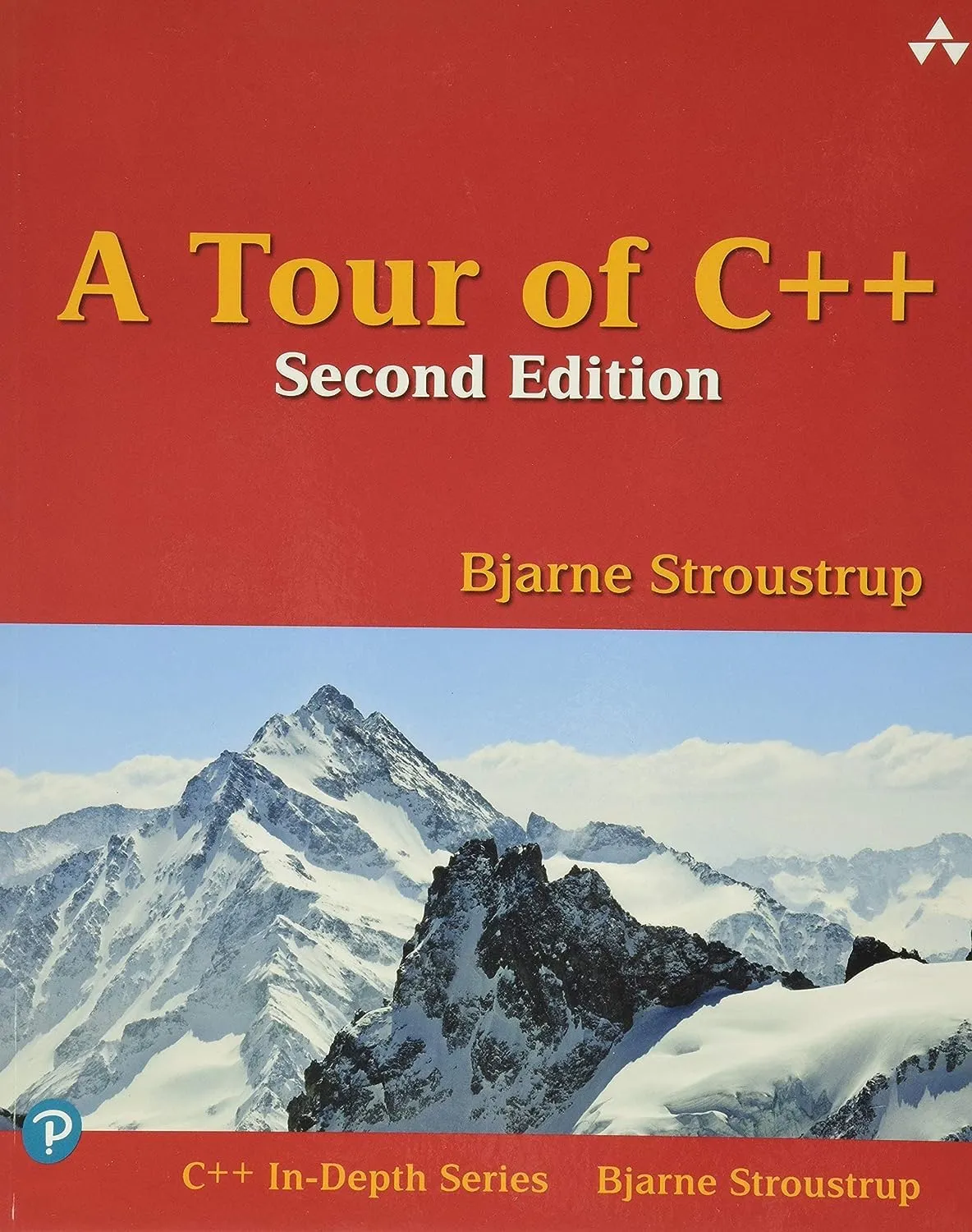
A Tour of C++ by Bjarne Stroustrup gives novice programmers a meaningful overview of C++ language, some key examples, and practical help in getting started. The book begins with the basics, then ranges widely through more advanced topics, including many that are new in C++17, such as move semantics, uniform initialization, lambda expressions, improved containers, random numbers, and concurrency.
The book is divided into sixteen chapters.
Chapter 1 covers the basics on how to get started
Chapter 2 covers the user-defined types
Chapter 3 introduces Modularity
Chapter 4 covers the Classes
Chapter 5 covers the Essential Operations
Chapter 6 covers the Templates
Chapter 7 covers the Concepts and Generic Programming
Chapter 8 introduces Library Overview
Chapter 9 introduces Strings and Regular Expressions
Chapter 10 introduces Input and Output
Chapter 11 covers Containers
Chapter 12 covers Algorithms
Chapter 13 covers Utilities
Chapter 14 covers Numerics
Chapter 15 covers Concurrency
Chapter 16 covers History and Compatibility
The book is recommended not just for beginners but for anyone who has a vague understanding of the language and wants to polish his/her C++ programming.
7. Best Book to Learn PHP Server-side Development: PHP & MySQL: Server-side Web Development
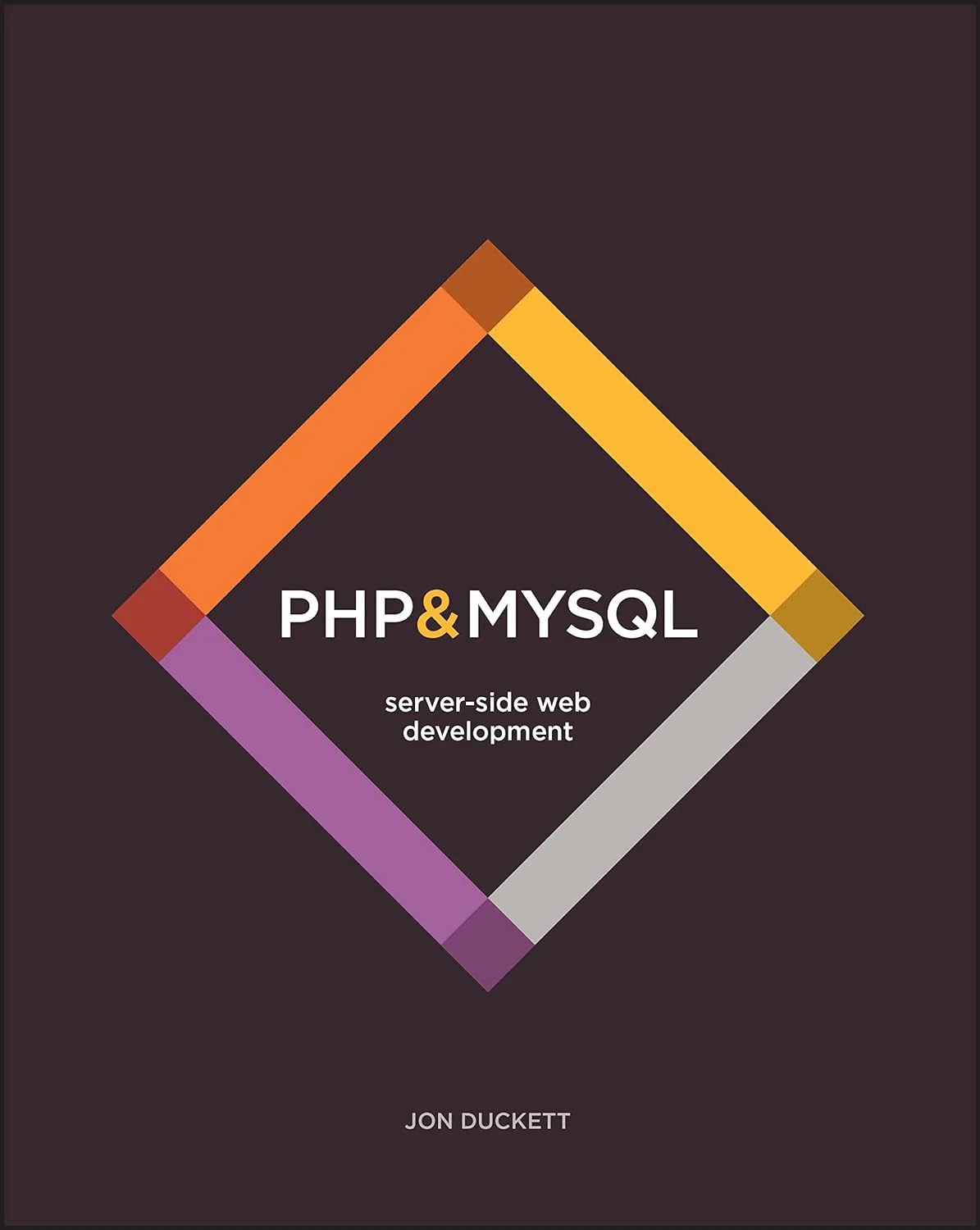
PHP & MySQL uses a unique visual approach using infographics and photography. It also includes step-by-step instructions, practical code examples, and pro tips that will teach you how to build modern database-driven websites using PHP.
The book demonstrates practical techniques that you will recognize from popular sites where visitors can
Register as a member and log in
Create articles, posts, and profiles that are saved in a database
Upload their own images and files
Automatically receive email notifications
Like and comment on posts
By the end of the book, you will be able to build a complete content management system, enhanced with features that are commonly seen on social networks.
#node #nodejs #javascript #java #php #python #cplusplus #backtend #backdeveloper #fullstack #book #mysql
